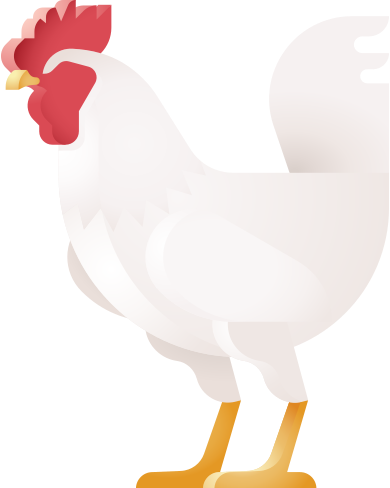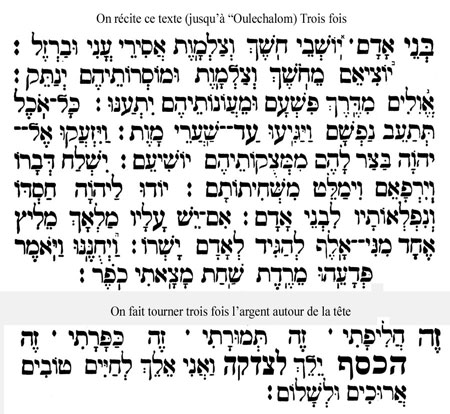The Kapparot rite: Tradition and Reflection before Yom Kippur
The rite of Kapparot, an ancient Jewish tradition, is practiced by many worshipers in preparation for Yom Kippur, the Day of Atonement. It is a symbolic ritual that aims to raise awareness and encourage charity.
The word “Kapparot” translates to “atonement”. The rite consists of spinning a chicken three times above its head while reciting a specific text. This action is followed by the slaughter of the poultry according to the strict rules of kashrut, guaranteeing humane killing.
It is essential to understand that this chicken is not a sacrificial offering and that the rite itself does not forgive sins. Instead, it serves as a poignant reminder. In a world where most of us are removed from the realities of slaughter, holding a chicken and seeing it slaughtered reinforces the realization that, were it not for G-d's mercy, our fate could be similar.
After the rite, the chicken is usually donated to a charitable institution, such as a yeshiva or orphanage. It can also be sold, and the funds raised then go to charity. By this gesture, the faithful hope that if cruel decrees were intended for them, they would be transferred to the chicken thanks to the charitable act.
The practice of Kapparot reminds us of our unique place in G-d's creation. Animals give their lives for our sustenance, inspiring us to live with integrity, selflessness and wisdom as only human beings can.


